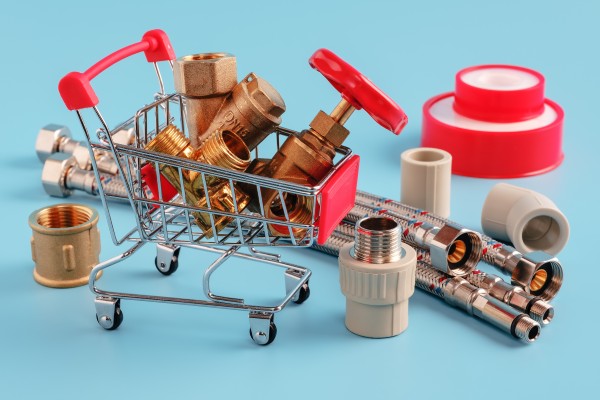Breaking down the recertification process
The WaterMark scheme mandates the recertification of plumbing and draining products. Terry Nguyen explains why and how it’s done.
The WaterMark certification scheme covers the mandatory certification of plumbing and drainage products in Australia. Since 2013, the Australian Building Codes Board (ABCB) has been the owner and administrator of the scheme, overseeing its use and application to ensure it is adequately addressing risks that plumbing products can impose on our communities and to support the requirements of the Plumbing Code of Australia.
Improvements to the WaterMark scheme applied years ago are beginning to show noticeable positive changes for products when tested in a laboratory environment.
The WaterMark process was overhauled about ten years ago, and it has become the scheme used for product certification today. The ABCB sought feedback from industry and altered the scheme to improve its overall efficacy in several areas. One major aspect is how products are continually assessed for ongoing certification.
The WaterMark life cycle of a plumbing product happens over five years, where a product transitions from initial certification, through to ongoing surveillance and finally the end of cycle renewal period.
Type testing is the first part of a product’s regime where it needs to fulfil all materials, design and performance requirements necessary to confirm that it meets the minimum requirements of its prescribed Standard. Once testing has confirmed that the product is acceptable, it is given its WaterMark licence. This part of the process is critical and wasn’t changed with the improved WaterMark scheme. What has changed is the following years two, three and four and particularly in the fifth and final year of the product’s WaterMark life cycle.
Plumbing products are required to be renewed at the end of the five-year cycle, where the respective conformity assessment body requests recertification testing for the license to continue for another five years.
Recertification testing isn’t a repeat of the initial product type testing. It is an abbreviated test schedule of assessments that are part of a manufacturer’s batch release tests for ongoing quality control. However, the difference is that the recertification testing must be performed by an accredited laboratory rather than the manufacturer’s in-house systems. In Australia, an accredited laboratory is one that has NATA accreditation.
Recertification testing for products began after the improved WaterMark scheme was implemented in 2017. This meant that the first products to be assessed against the ABCB’s new recertification test model began about seven years ago.
Considering that more than five years have passed, there are now products going through another renewal period where recertification testing is being performed for a second time at accredited laboratories. Whilst the data pool is still quite small, there are already signs that issues identified five years ago have since disappeared, with products maintaining their updated designs from corrections applied in the previous recertification period.
Testing of products during their recertification often highlights problems that may have gone unnoticed after they were originally certified. When done correctly, manufacturers work with their certifiers to implement corrective actions to their products to bring them back into compliance. Any required updates on products are filtered through to other affected models, too, until the certifier is confident that all models in the family have been corrected. The product designs are documented so that any changes are captured and implemented for future products being supplied.
The previous WaterMark scheme didn’t require products to be continually tested, meaning initial type testing results could be used indefinitely. Product changes are very difficult to avoid over time, and surveillance through paperwork auditing alone isn’t always adequate to capture continual minor changes.
Most changes are commonly complete oversights, where individuals are not aware that the certifier needed to be notified at all. For example, changing an OEM component, such as a metallic connector that looks the same, does the same duty, but has different flow characteristics. Or replacement of CNC machines in factories where tolerances are lost from previous settings, where wall thicknesses fall on the wrong side of the previous marginal limits. Other times, manufacturers may have moved to an alternate materials supplier where brass needs to undergo a different method of treatment to generate the dezincification-resistance properties needed in Australia.
Recertification testing has been performed at the PROVE plumbing laboratory for several years now, where unusual and unexplained issues are identified on certified products. These issues were corrected at the time of their recertification period, and now that recertification is happening again, the laboratory is observing that the corrections have been brought forward.
Looking at the improved WaterMark Certification Scheme through the lens of a laboratory during recertification testing, the changes implemented ten years ago are now showing real results, giving plumbing practitioners more confidence that products being installed are fit for purpose and hopefully resulting in fewer return visits due to product failures.
For information on recertification testing, please contact us at PROVeng.com.au

